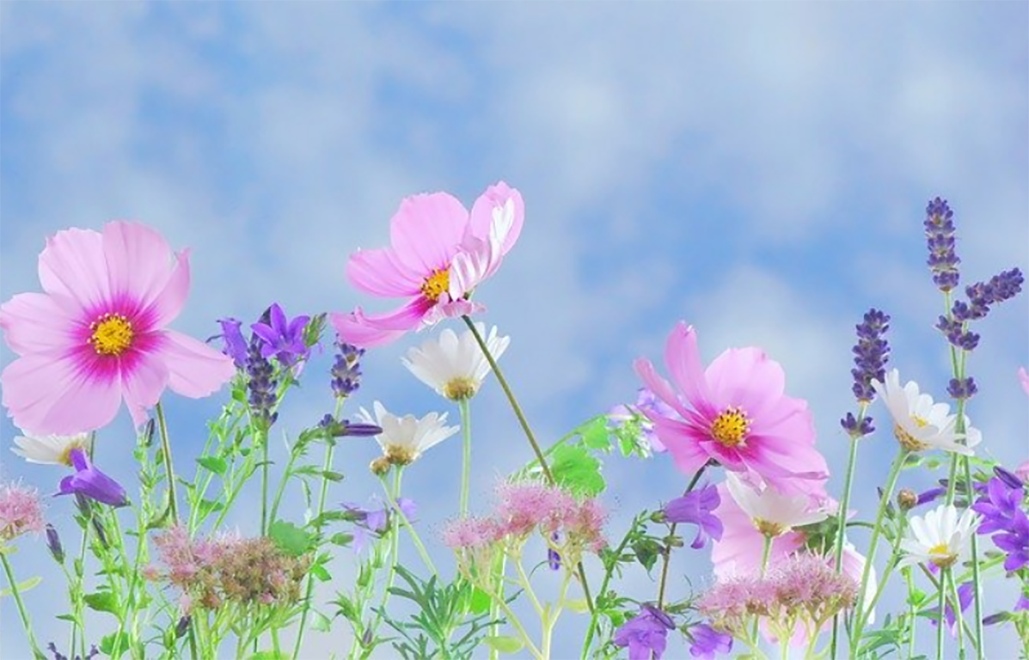Spring: Kapha Season
Since the beginning of March, the first signs of spring are appearing! The days are getting longer.Nature is waking up and blossoming little by little! Our energy is gently increasing.
Spring is in Ayurveda dominated by the Kapha dosha.
This season is a great change for nature as well as for our organism which it is important to support with a particular attention on Agni (the digestive fire).
Characteristics of the Kapha season
The Kapha dosha consists of two elements: earth and water.
Spring is a season:
- wet / soft / unctuous / moist.
In this season Kapha increases and liquefies after accumulating all winter.
Kapha is related to the following body parts:
- The chest,
- the lungs,
- the heart,
- the nose,
- the throat,
- the eyes,
- the tongue,
- the stomach,
- the lymph,
- fat.
If the Kapha dosha is out of balance:
If there is an imbalance of the doshas in the body, the symptoms will be primarily visible in the parts of the body mentioned above. This imbalance can lead to various illnesses, such as a cold or other respiratory problems.
In other words, spring is a time to lighten and detoxify: a time to start a new cycle. It is necessary to lighten and de-clutter our body. The reserves that were useful in the winter are no longer necessary; on the contrary, they encumber and weigh us down.
A balanced Kapha dosha
allows us to feel strong, stable, enduring, resistant on the physical, mental and emotional levels. Our immunity functions properly by protecting us from pathogens without systematically falling into intolerances or allergies.
An excess of Kapha can thus manifest itself by :
- a runny or blocked nose
- a ground favorable to spring allergies
- weight gain, slow digestion
- water retention
- fatigue, heaviness, excessive sleep
- melancholy, sadness, lassitude or depression.
Reducing Kapha
To reduce Kapha, it is therefore necessary to bring warmth, lightness, movement, dryness, fluidity.
By adopting a daily routine:
- by getting up early and regularly to avoid excess sleep and inertia.
- by eliminating naps during the day
- by having a sport activity, even a light one, in the morning
- by going to bed before 10 pm and 2 hours after dinner
By adopting a healthy diet
- by eating light, avoiding fat, heavy and sweet foods.
- by reinforcing the strength of digestion (agni)
- by eating hot food
- by promoting the evacuation of toxins by using plants, foods, spices
Avoid ready-made, frozen or canned industrial foods which are in the category of ama-producing foods, because they are no longer fresh and are very heavy to digest.
Among the foods particularly recommended for detoxification:
- Stewed fruits, prunes, apples, pears, pineapple, papaya.
- Freshly squeezed fruit juices
- Green leafy vegetables, Brussels sprouts, broccoli, artichokes, endives
- Cereals: rice, quinoa, barley
- Spices: coriander, cumin, turmeric, fennel, ginger, pepper, fenugreek, cayenne pepper
- Spelt and oatmeal porridge without milk.
- Light bread without yeast.
Cheeses, dairy products, meats, fish, tomatoes and carbohydrates promote the formation of ama and should not be eaten in the evening, as the digestive fire is very weak at the end of the day.


 de
de 
